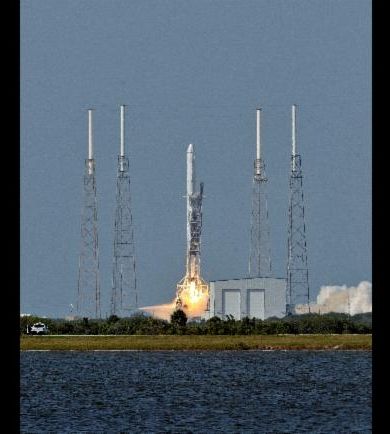UCF physics professor Dan Britt has been named to the New Horizons mission team as the spacecraft heads to the Kuiper Belt. He’s also just landed a grant to help create fake asteroid material, which will help NASA and private companies prepare the technology needed to mine asteroids and eventually other planets.
“It’s been a pretty good month,” Britt said from Boulder, Colo., where he’s working on another proposal for NASA. “This is a great time to be in this field.”
Britt joins the team responsible for sending New Horizons to Pluto and which made Professor Named to NASA Mission, Lands Grant to Plan for Space Minings last year when it unveiled the first pictures of Pluto’s surface. Mountain ranges and perhaps even oceans under its frozen surface have been recorded by the spacecraft.









